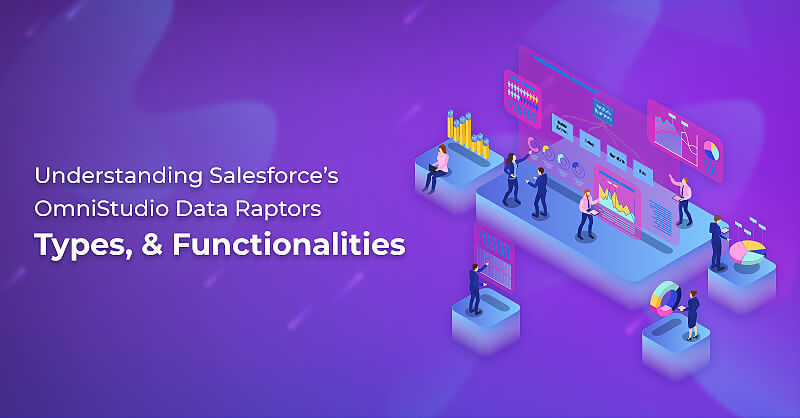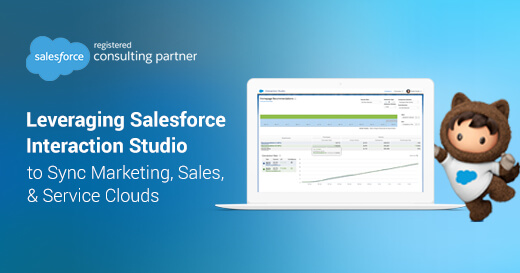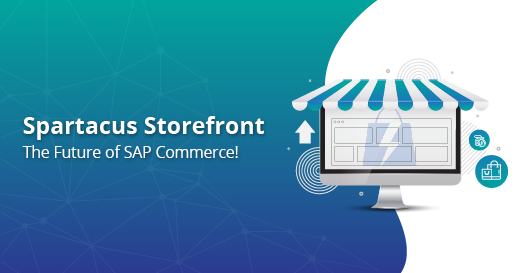What are Digital Experience Platforms (DXPs)?
Written by Shelanne Augustine
Technical Content Writer
There’s more to selling online than accepting payment information and processing orders. There’s an entire journey that leads shoppers from their first browse to final payment. It requires an exciting User Experience (UX), intuitive recommendations, and a nimble infrastructure that works as fast as your customers can click.
If you’ve opted for a headless e-commerce platform, creating a captivating customer journey for your shoppers across multiple platforms is as simple as adding a Digital Experience Platform, or DXP.
Consider this blog your introduction to DXPs. Here you’ll discover:
Content Management System (CMS)
Automation and Personalization
Omni-Channel Delivery
Analytics and AI
APIs for integration
Digital Commerce
Cloud Infrastructure
commercetools integrates with today’s leading DXPs and front-end CMS systems like Bloomreach, Adobe Experience Cloud, and the open-source Magnolia WCM, and Contentful.
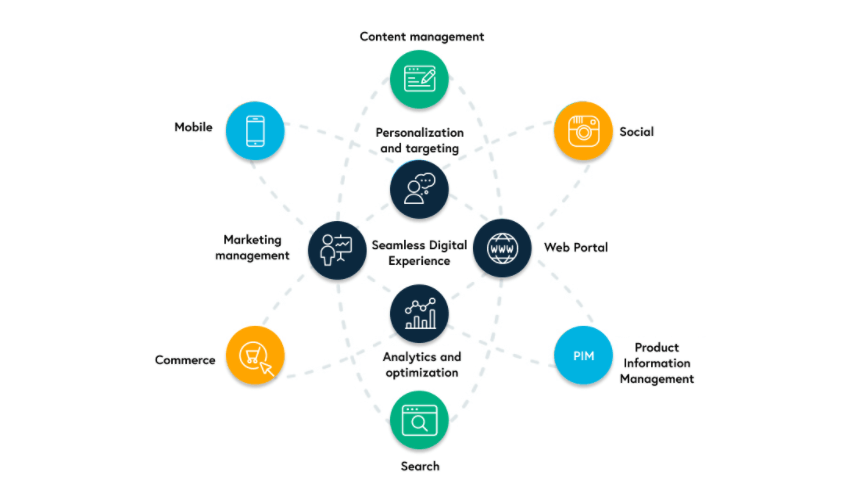
Benefits of DXP:
Real-Time Tracking
DXP allows companies to track and analyze consumer behavior at every touchpoint, identifying their needs by predicting data in real-time.
High Productivity
DXPs have in-built services and modules that make them easy to integrate with commerce systems. They’re also simple enough for all technical team members to modify and manage, regardless of business type.
Cloud-Native Architecture
DXPs store their information in the “cloud,” making customer experiences, automation, transactions, integration, and analytics faster and easier. It ensures consistency, as it reuses back-end processing across digital touchpoints and future-proofs the DXP investment for unfolding channels. DXPs also have a flexible architecture in such a way that all its core components are kept at one place making it cost-effective.
Customer Insights
DXPs collect data from each customer at every step of their journey and gather insights from their activities to create highly personalized experiences based on location, preferences, interaction history, etc. They, then, offer integrated digital commerce and machine-learning-based personalization to offer buyers products and promotions that match their browsing habits. DXPs also send the data to the CMS reports and dashboards, giving a clearer analysis of your business’s health.
Collaborative Capabilities
DXPs simplify business management by making it possible to integrate your e-commerce platform with marketing and customer support platforms. They can also be integrated with new and existing data to optimize content for consumers.
Integrated Approach and Optimal Content Usage
DXPs use an integrated approach to code, content, and data while providing an under layer for analytics. Once the DXP understands the requirements (such as who the customers are and what they want), they can produce and manage content to full their requirements.
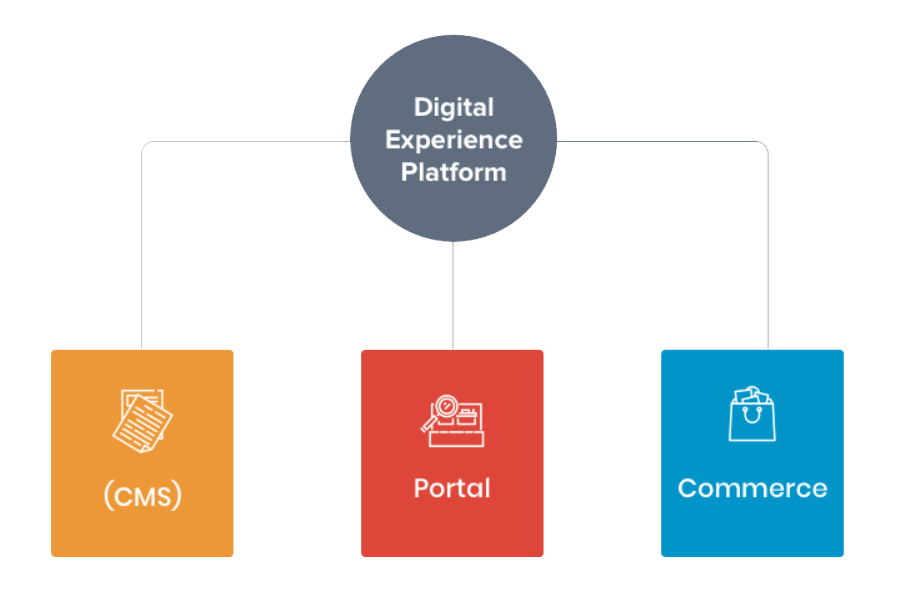
Types of DXP
There are 3 different types of DXP:
1. CMS DXPs
CMS DXPs go beyond the capabilities of normal CMS. They combine analytics and persona-based segmentation to increase:
- Demand generation
- Customer acquisition
- Accelerated sales
- Personalized promotions
- Personalized content delivery
2. Portal DXPs
Portal DXPs are designed for increasing loyalty, retention, and renewal. Their features include:
- CMS mobile support
- Mobile support
- Workflow automation
- Front-end representation
3. Commercial DXPs
Commercial DXPs are mainly used to display promotional content on their websites. They provide features such as:
- Pre-purchase
- Product return initiatives
- Payments and inventory management
- Shopping cart management
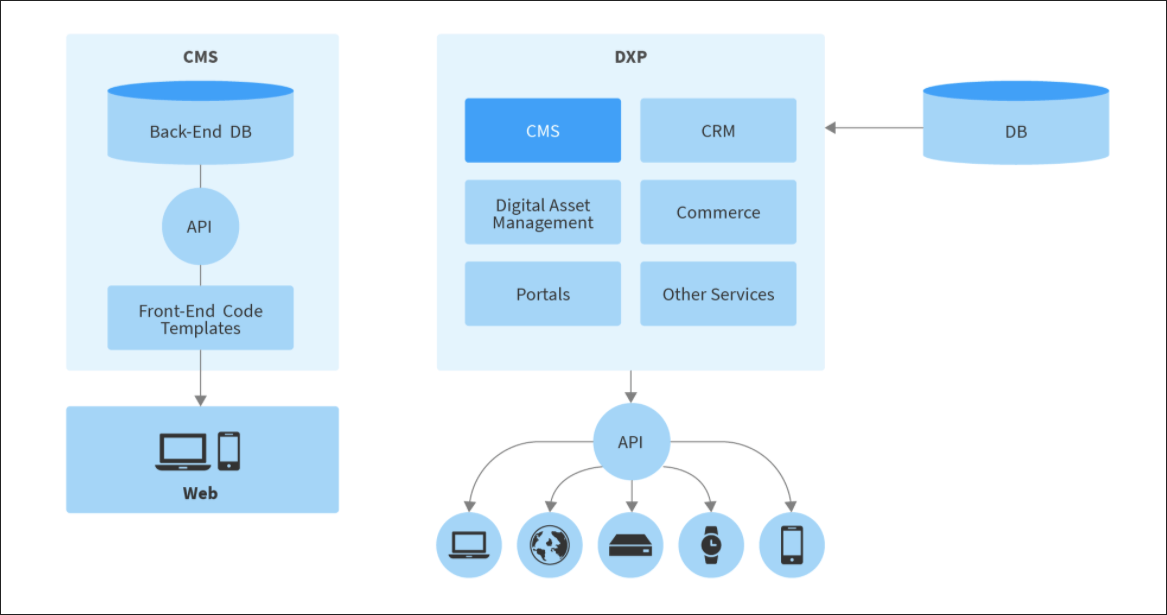
Why Do Businesses Need DXPs?
Like a camera to a lens, DXPs are essential for all headless commerce businesses.
And while they’re essential, they’re also innovative. They bind customers with their brands in new and exciting ways.
Businesses can perceive what their customers want in real-time and provide what they’re looking for in a seamless way -- It’s no wonder DXPs are replacing one-dimensional web content management systems. DXPs empowers companies to deliver exceptional experiences to their increasingly connected consumers.
At Royal Cyber, we’re headless commerce experts, certified commercetools experts that create custom solutions for B2B and B2C businesses.
Ready to propel your business forward with the latest e-commerce platforms, solutions, and services? We’re here to help.



